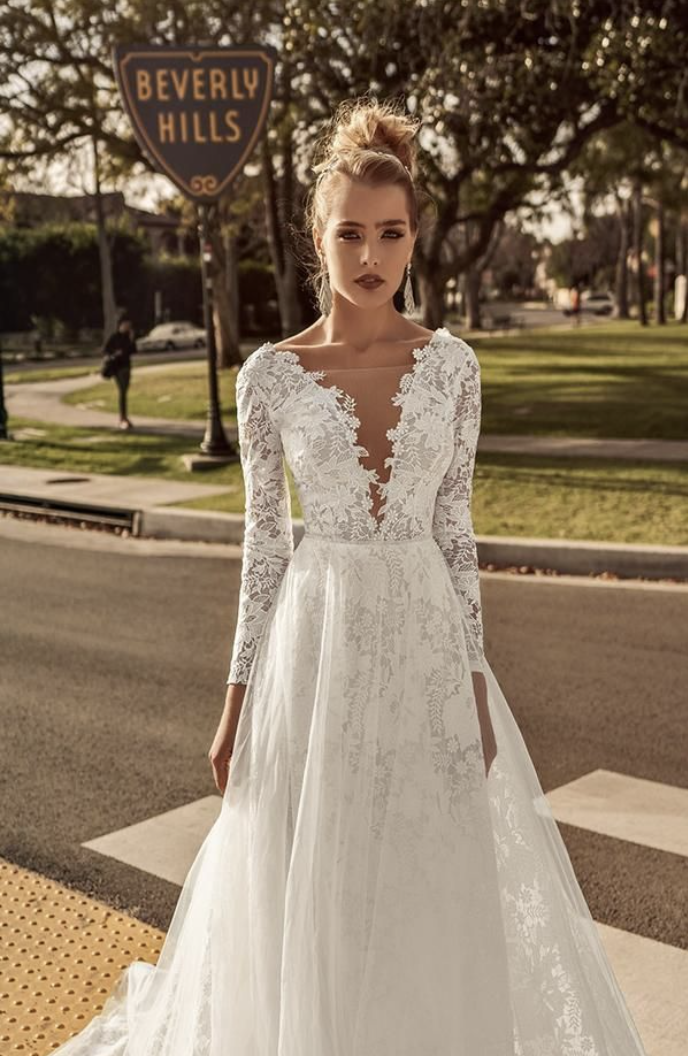6 Bridal Alteration Mistakes That Could Ruin Your Wedding Dress—And How to Avoid Them
- GWE

- 1 day ago
- 3 min read
Your wedding gown is one of the most meaningful garments you’ll ever wear—so it deserves to look and feel perfect. Scheduling professional alterations is the best way to achieve that flawless fit, but a few missteps along the way can make the process stressful, costly, and time-consuming.
By planning ahead and steering clear of these common pitfalls, you can help ensure your dream dress is ready to shine on your big day.

1. Choosing the Wrong Size to Begin With
The alteration process starts long before a tailor even touches your gown—it begins when you order it. While most dresses require some adjustments, extreme size differences can create major headaches.
If you’re stuck between two sizes, choose the larger one. It’s far easier to take a dress in than to let it out. When your gown arrives, have your tailor take precise measurements without rushing the process. And if you anticipate weight changes before the wedding, be upfront about it—your tailor can plan accordingly to ensure the final fit is perfect.
2. Waiting Too Long to Book Alterations
Procrastination is your worst enemy when it comes to bridal fittings. Ideally, schedule your first appointment six to eight weeks before the wedding—close enough to get accurate measurements but with plenty of time for multiple fittings if needed.
Complex adjustments and delicate fabrics often require more than one session, so avoid last-minute bookings that limit your options. On the other hand, don’t book too far in advance if you expect body changes, as that can affect the final fit.
3. Underestimating Fabric Challenges
Not all fabrics are created equal—at least when it comes to alterations. Materials like silk, chiffon, and satin, as well as gowns with heavy beading or embroidery, require more time, skill, and sometimes additional cost to adjust.
If your gown features intricate details or delicate fabrics, factor in extra time for your tailor’s work. That way, you won’t feel rushed, and your tailor can give the dress the meticulous attention it deserves.

4. Requesting Too Many Major Changes
It’s tempting to reinvent your gown into something entirely different—but dramatic overhauls can quickly spiral into lengthy, expensive projects. Alterations are meant to enhance the gown you fell in love with, not rebuild it from scratch.
If you’re considering big changes—like altering the silhouette or neckline—communicate early with your tailor and allow ample time. In some cases, it may be more practical (and affordable) to find a different dress that matches your vision from the start.
5. Skipping Essential Items at Fittings
Your dress fitting is not just about the gown—it’s about the full bridal look. Always bring the undergarments, shoes, and accessories you’ll wear on your wedding day. The heel height affects hem length, while undergarments can change how the bodice fits.
Accessories like veils, jewelry, and hairpieces won’t change the fit, but seeing them with your dress may influence final style tweaks. Treat fittings like dress rehearsals so there are no surprises later.
6. Improperly Storing Your Gown
Even after alterations are done, your gown still needs protection until the big day. Always store it in a breathable, acid-free garment bag or chest. Avoid plastic covers that can trap moisture and cause yellowing.
Keeping your dress in a safe, climate-controlled space will prevent last-minute disasters like stains, snags, or fabric damage.
Final Tip: Work with a Bridal Alteration Specialist
Bridal gowns aren’t just any garment—they require unique expertise. An experienced wedding dress tailor knows how to handle delicate fabrics, intricate beadwork, and precise fit adjustments. Their skill (and calm guidance) can make the difference between a stressful alteration process and a flawless walk down the aisle.









Comentarios